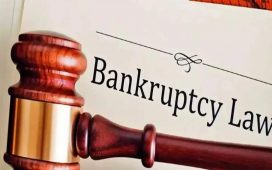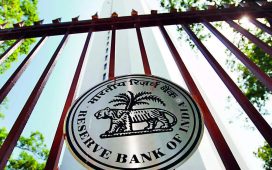In a tiny Middle-Eastern country, neighbouring Iraq, Iran and Saudi Arabia, you will find the world’s strongest currency.
Kuwait, found in one of the world’s most inhospitable deserts in the Arabian Peninsula, is home to the world’s most valuable, strongest and most stable currencies.
It is one of the world’s wealthiest nations by GDP per capita, and its currency, the Kuwait Dinar (KWD) is in high demand.
As of December 2023, one KWD equalled 3.25 USD. Kuwait’s economy is reliant on oil, but before its discovery the country was dependent on fishing, pearling and trading. Since the oil breakthrough in the 1930s, the country has rapidly developed.
Today, 90 percent of government revenues come from petroleum product-based industry. Since it relies upon the industry so heavily, there is no need to devalue the currency to support non-oil exports, which account for approximately $440 million.
Kuwait is one of the largest exporters of oil in the world. Since the demand for global oil is so high, the demand to pay for it is also very high. This, therefore, makes the KWD very valuable.
However, with oil sources depleting, it will be interesting to see how the economy will be maintained when it has to reduce its dependency on oil and find alternative sources on income.
The country also has among the lowest unemployment rates in the world. While it was expected to reach 2.20 percent at the end of 2023, this was much lower than the 4.2 percent in the UK during the same period.
It also operates a tax-free system and has a fixed exchange rate, of about $3.32, which helps maintain its value despite fluctuations in the global market and provide stability.
The KWD is pegged to an undisclosed weighted currency basket, a portfolio of various nations’ currencies, that have significant commercial and financial ties to Kuwait. It is believed to be heavily weighted towards the USD.
The Central Bank of Kuwait (CBK) regulates the currency supply to align with the country’s economic needs, supporting its value. During the 2008 financial crisis, it took measures to protect the economy and currency value, including injecting capital into banks and guaranteeing deposits.
Currency strength is determined by several factors, including economic strength, political stability and a trade deficit. If the country has a growing and stable economy, this attracts foreign investment, so helps increase the demand and value of the currency.
Similarly, if a country has a strong government with well-established rules of law and good economic policies, this will attract investment. Then, if a country imports more than it exports and buys more than it sells, this will help to increase activity and boost living standards.
As a result of the country’s wealth, Kuwait city is now a modern metropolis with skyscrapers, containing the majority of the country’s population, therefore making it one of the world’s most urbanised countries.
In the 20th century, the country used the Indian rupee, the official currency of the Arabian Peninsula, used by other countries including Bahrain, Qatar and Oman.
The Gulf rupee was introduced in 1959 as a response to the strain placed on the Indian foreign exchange reserves by gold smugglers, who exchanged it for Indian rupees, causing a depletion of India’s foreign cash reserves and economic harm. In 1966, India devalued the Gulf rupee against the Indian, resulting in many states developing their own currency.
Before gaining independence in 1961, Kuwait was part of the British Empire and therefore had little need for a separate economy.
The country is most famous for the Iraqi invasion of Kuwait and its attempt to annex it in the Gulf War, in 1990. During this time, the KWD was replaced by the Iraqi Dinar. A UN coalition, led by the US, drove Iraq out of the country, but not before the invaders looted the country and set fire to most of its oil wells. The KWD was subsequently restored.
Kuwait has since recovered from the effects of war and now has one of the highest per capita incomes in the world.











